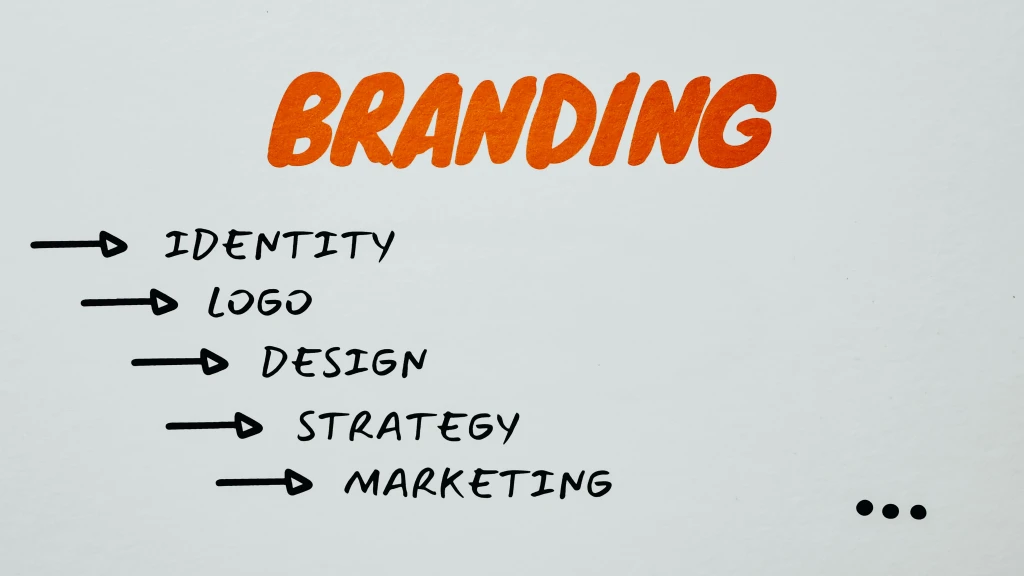The Impact of Branding on Successful Sales
Visits: 673

Branding is more than just a logo or a catchy slogan; it is the entire experience customers have with your business. For newcomers in business, understanding branding's importance can be crucial for success. In this article, we will explore how effective branding can lead to successful sales. We will also include tables to make the concepts clear and easy to understand.
What is Branding?
Branding is the process of creating a unique image and identity for a product or a company in the minds of consumers. It involves everything from the visual elements like logos and colors to the way a business communicates with its customers.
Key Elements of Branding
- Logo: A visual symbol that represents your business.
- Tagline: A catchy phrase that captures the essence of your brand.
- Brand Colors: Specific colors associated with your brand.
- Voice and Tone: The style in which you communicate with your customers.
- Customer Experience: How customers perceive and interact with your business.
Why is Branding Important?
Branding is essential because it helps your business stand out in a crowded market. A strong brand can:
- Build Recognition: Customers are more likely to remember your business.
- Create Trust: A professional appearance and consistent messaging can build customer trust.
- Support Marketing Efforts: A well-defined brand makes marketing more effective.
- Increase Business Value: A strong brand can add value to your business and attract investors.
How Branding Influences Sales
Building Customer Loyalty
A strong brand fosters customer loyalty. When customers trust a brand, they are more likely to make repeat purchases and recommend the brand to others.
| Benefit | Description |
|---|---|
| Repeat Purchases | Customers return to buy more products. |
| Word-of-Mouth Marketing | Satisfied customers tell others about their experience. |
| Emotional Connection | Customers feel connected to the brand on an emotional level. |
Differentiation from Competitors
Branding helps your business stand out from competitors. When your brand is unique, it attracts customers looking for something different.
| Differentiation Factor | Example |
|---|---|
| Unique Logo | A logo that is easily recognizable and different from others. |
| Distinctive Tagline | A memorable phrase that sets you apart from competitors. |
| Consistent Messaging | A clear and consistent message that resonates with customers. |
Perceived Quality
A strong brand often leads to a perception of higher quality. Customers are willing to pay more for products from a brand they trust.
| Quality Indicator | Description |
|---|---|
| Premium Pricing | Customers pay more for perceived higher quality. |
| Positive Reviews | Good branding leads to positive customer reviews. |
| Professional Appearance | A well-designed brand looks professional and trustworthy. |
Emotional Appeal
Brands that connect with customers on an emotional level can influence buying decisions. Emotions play a significant role in how customers perceive a brand and their willingness to make a purchase.
| Emotional Factor | Example |
|---|---|
| Brand Story | A compelling story that resonates with customers. |
| Personal Values | A brand that aligns with the customer's values and beliefs. |
| Positive Experience | An enjoyable and memorable customer experience. |
Steps to Build a Strong Brand
1. Define Your Brand
Start by defining what your brand stands for. What are your core values? What do you want customers to think of when they see your brand?
| Step | Description |
|---|---|
| Core Values | Identify the fundamental beliefs that guide your business. |
| Brand Mission | Define the purpose and goals of your brand. |
| Target Audience | Determine who your ideal customers are. |
2. Create a Visual Identity
Your visual identity includes your logo, colors, and other design elements that make your brand recognizable.
| Element | Description |
|---|---|
| Logo | Design a unique and memorable logo. |
| Brand Colors | Choose colors that represent your brand. |
| Typography | Select fonts that align with your brand's personality. |
3. Develop Your Brand Voice
Your brand voice is how you communicate with your customers. It should be consistent across all platforms.
| Aspect | Description |
|---|---|
| Tone | Decide whether your brand voice is formal, casual, friendly, etc. |
| Messaging | Create key messages that convey your brand's values. |
| Communication Style | Determine how you interact with customers (e.g., through social media, email, etc.). |
4. Build Brand Awareness
Promote your brand through marketing efforts to increase recognition and reach more customers.
| Method | Description |
|---|---|
| Social Media | Use platforms like Facebook, Instagram, and Twitter to reach your audience. |
| Content Marketing | Create valuable content that attracts and engages customers. |
| Advertising | Invest in ads to promote your brand to a wider audience. |
5. Deliver Consistent Customer Experience
Ensure that every interaction customers have with your brand is positive and consistent.
| Area | Description |
|---|---|
| Customer Service | Provide excellent support and service. |
| Product Quality | Maintain high standards for your products. |
| Brand Touchpoints | Ensure consistency across all customer interactions (e.g., website, packaging, etc.). |
Conclusion
Branding plays a vital role in the success of any business. For newcomers, understanding and implementing effective branding strategies can lead to increased sales, customer loyalty, and a strong market presence. By defining your brand, creating a visual identity, developing a consistent brand voice, building awareness, and delivering a positive customer experience, you can build a strong brand that stands out and succeeds in the market.
By investing time and effort into your branding, you set your business up for long-term success and growth. Remember, a strong brand is not just about looking good; it's about creating a lasting impression and a meaningful connection with your customers.
